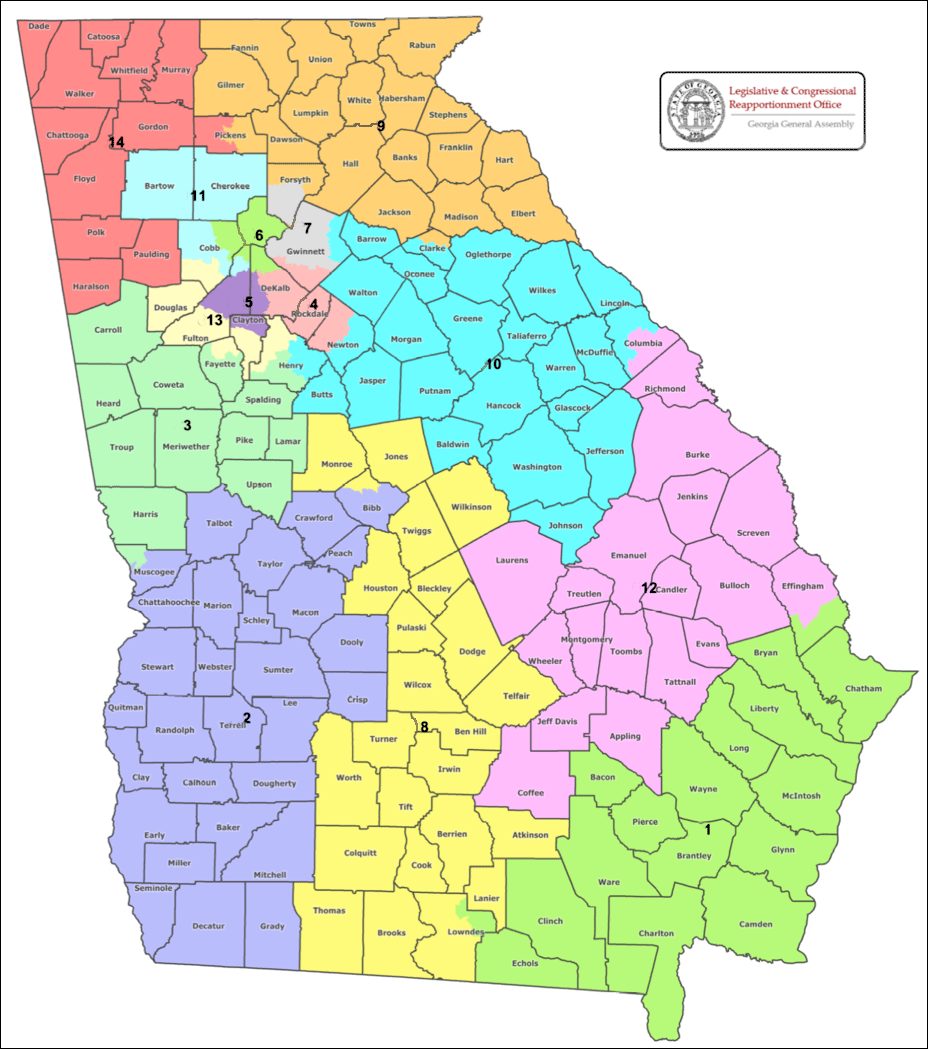By Jim Ellis

Democrat Sheila Cherfilus-McCormick easily won Tuesday’s special election in Florida’s FL-20 Congressional District.
After winning the special Democratic primary over Broward County Commissioner Dale Holness on Nov. 2 by just five votes, Rep-Elect Cherfilus-McCormick can now expect a highly competitive regular election Democratic primary challenge. Holness has already said he will oppose the new incumbent in the 2022 nomination election as he continues to pursue legal action in hopes of overturning the special primary results.
The Florida special congressional election was the nation’s eighth during this legislative session. Like the other seven, the candidate of the party originally holding the seat won the special vote. Five were Democrat seats, and three Republican. A ninth special election, that for resigned Rep. Devin Nunes’ (R) seat in California, has been scheduled for April 5 with a runoff on June 7 if none of the eventual contenders garner majority support in the first vote.
Though predictions of a coming wave Republican election appear to be rampant, the odd-year election pattern reveals no such precursor. As mentioned, 100 percent of the congressional special elections have remained true to the originating party, but that has almost also been true among special elections in state legislatures.
A total of 33 state special elections occurred in 2021. Republicans captured three Democratic seats in Connecticut, Iowa, and Texas, but Democrats turned the tables on Republicans in another three: New Hampshire, Maine, and Massachusetts. Therefore, a net conversion factor of zero resulted.
When the Democrats predicted their “blue wave” coming for the 2018 election, the commensurate election cycle saw much change in the special elections. In the 2017-18 cycle the Democrats flipped a net total of 19 seats that some believe was a prelude to the Democrats’ success in the regular ’18 election.






